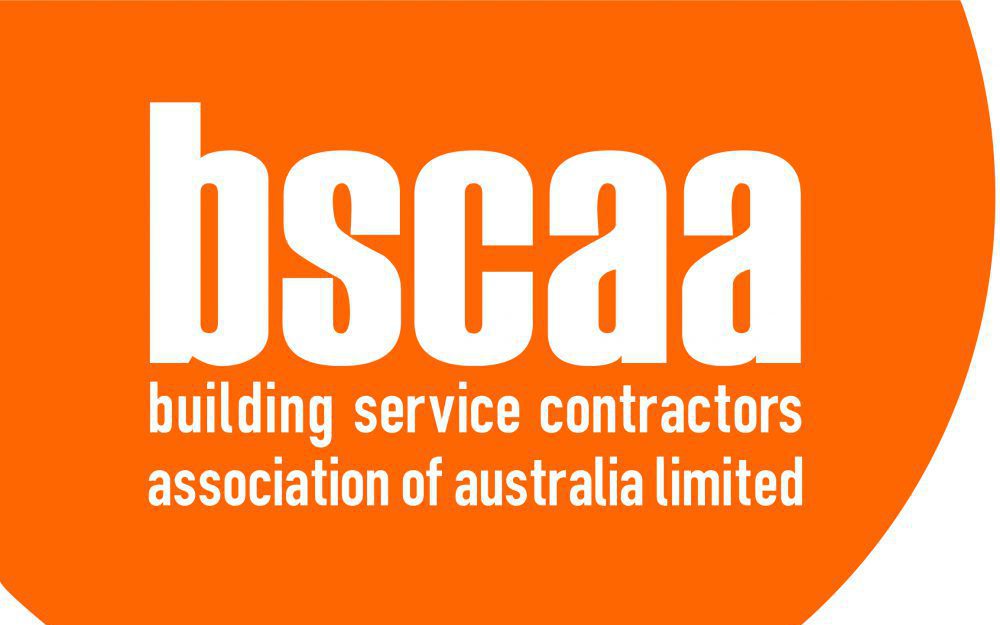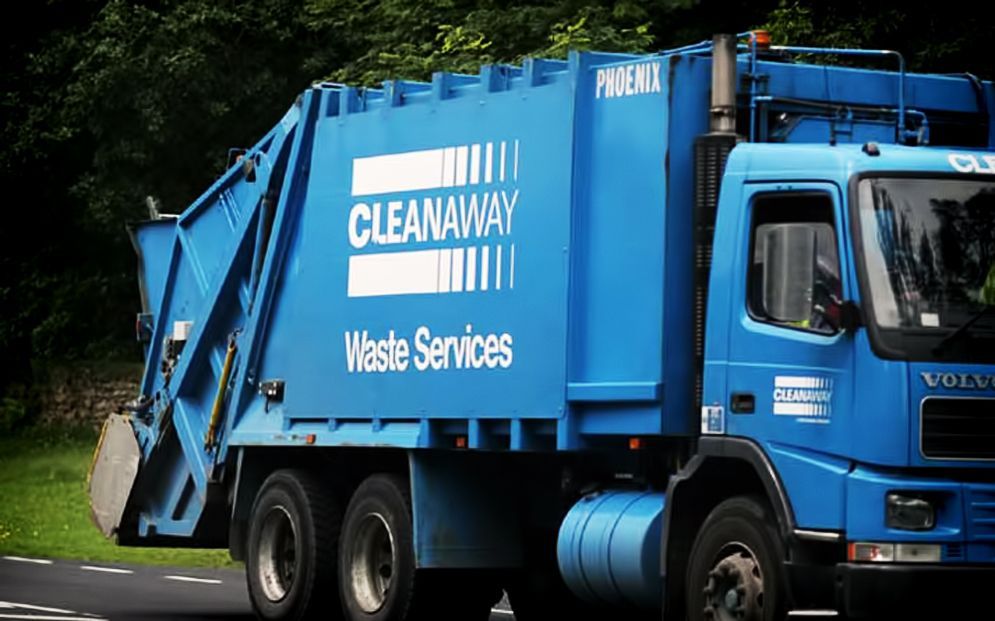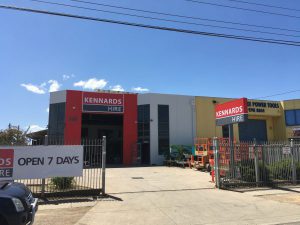
Victorians will need to continue to embrace new ways of living and working in the face of significant technological and environmental disruption, according to Infrastructure Victoria’s recently released draft 30-year strategy.
Infrastructure Victoria CEO, Michel Masson, said Victoria can recover from the shocks of 2020 and meet future challenges by planning for change and doing things differently.
“Throughout 2020, Victorians have demonstrated we are adaptable, resilient and prepared to make big changes when needed,” Masson said.
“In the decades ahead, we will need to maintain that spirit in the face of technological disruption, climate change, lower population growth and unexpected challenges.”
Infrastructure Victoria is inviting all Victorians to have their say on the updated draft strategy.
The strategy takes an integrated, cross-sectoral view of infrastructure planning, making 95 draft recommendations to the Victorian government across both metropolitan and regional Victoria.
“The infrastructure we plan now must provide for a net zero-emissions economy by 2050, support the transition to a circular, zero-waste economy and deliver innovative solutions to drive trade and investment in agriculture, tourism, manufacturing, and other key industries.”
Masson said the decades ahead present an opportunity for all Victorians to enjoy positive changes to their health, wellbeing and prosperity supported by infrastructure, while grappling with the challenges and opportunities of the COVID-normal era.
“The COVID crisis has created a seismic shift in how Victorians live and work,” he said.
“Now is the time to harness the positive changes we’ve seen and facilitate a transition to a better new normal.
“Our draft 30-year strategy shows how integrated infrastructure planning combined with strategic investment can support positive change. For example, greater uptake of zero-emissions vehicles, more cycling and walking for transport, and increased use of renewable energy will not only reduce pollution but provide many public benefits,” he said.
“Infrastructure can also help tackle disadvantage, especially in outer metropolitan and regional areas, by providing better public transport options and improved access to services.”
The draft strategy recommends changes to improve the energy performance of housing, including requiring all new homes to achieve a minimum 7.0 NatHERS rating (or equivalent) by 2022, and a statewide mandatory energy rating scheme which would give potential buyers or renters the chance to choose a lower cost, more efficient new home.
“Energy efficiency improvements help lower bills, make homes more comfortable in extreme weather and can increase the value of homes by up to 10 per cent.”
Masson said investing in green spaces should be a priority, with a proposal to create an interconnected open space network in metropolitan Melbourne and extend the city’s green spaces, including a 30 per cent tree canopy target in new growth areas
The draft strategy includes 19 specific recommendations to improve access to infrastructure across Victoria’s regional areas and boost economic growth.
“Victoria’s regional economies have been hit hard by drought, bushfire and the coronavirus pandemic,” he said. “The right infrastructure can build on each region’s inherent advantages to drive future economic growth.”
Short-term measures to support the state’s economic recovery and create jobs include fast-tracking government building upgrades to improve energy efficiency and accessibility, and delivering regional road and rail freight maintenance.
“We welcome the Victorian Government’s recent and significant investments in social housing, energy efficiency and regional tourism infrastructure which we have consistently argued deliver substantial social and economic benefits,” Masson said.
“We are also very pleased to see the government recently announce of a trial from February of cheaper, off-peak fares for public transport travellers, which our evidence shows will help get people back on public transport and reduce congestion. Our draft strategy takes it a step further, recommending off-peak fares become a permanent fixture in Melbourne, in addition to offering cheaper fares for trams and buses at all times.”
Community consultation on the draft strategy will include opportunities for the public to participate in online workshops, or by written submission. A statewide online community panel will consider how Victorians can be supported to speed up the adoption of zero emissions vehicles.
To read the draft strategy, or participate in community consultation opportunities visit https://www.infrastructurevictoria.com.au/draft30-yearstrategy
Comment below to have your say on this story.
If you have a news story or tip-off, get in touch at info@3.106.117.80.
Sign up to INCLEAN’s newsletter.




